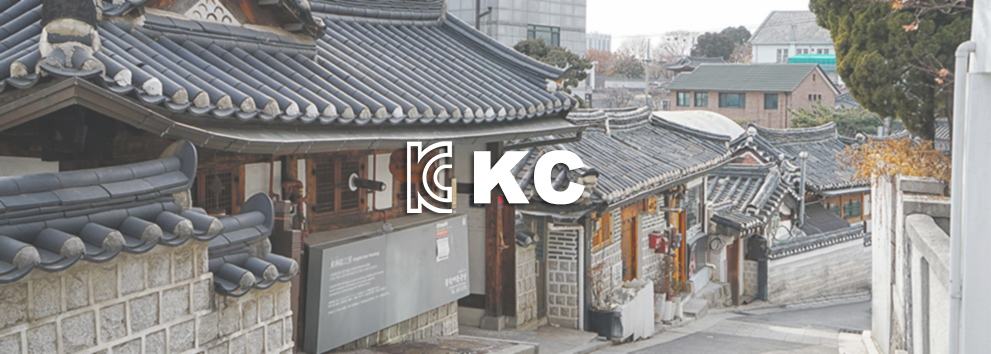Analysis on Fire Accident of Electric Vehicle
Analysis on Fire Accident of Electric Vehicle,
Electric Vehicle,
▍What is KC?
Since 25th Aug., 2008,Korea Ministry of Knowledge Economy (MKE) announced that the National Standard Committee will conduct a new national unified certification mark — named KC mark replacing Korean Certification during the time between Jul. 2009 and Dec. 2010. Electrical Appliances safety certification scheme (KC Certification) is a mandatory and self-regulatory safety confirmation scheme according to Electrical Appliances Safety Control Act, a scheme which certified safety of manufacture and sale.
The difference between mandatory certification and self-regulatory (voluntary) safety confirmation:
For the safe management of electrical appliances, KC certification is divided into mandatory and self-regulatory (voluntary) safety certifications as the classification of danger of product.The subjects of Mandatory certification is applied to electrical appliances which its structures and methods of application may cause serious dangerous results or obstacle such as fire, electric shock. While the subjects of self-regulatory (voluntary) safety certification is applied to electrical appliances which its structures and methods of application can hardly causes serious dangerous results or obstacle such as fire, electric shock. And the danger and obstacle can be prevented by testing the electrical appliances.
▍Who can apply for KC certification:
All legal persons or individuals both at home and abroad who are engaged in manufacturing, assembly, processing of electrical appliance.
▍Scheme and method of safety certification:
Apply for KC certification with product’s model that can be divided into basic model and series model.
In order to clarify model type and design of electrical appliances, an unique product name will be given according to its different function.
▍ KC certification for Lithium battery
- KC certification standard for lithium battery:KC62133:2019
- Product scope of KC certification for lithium battery
A. Secondary lithium batteries for use in portable application or removable devices
B. Cell is not subject to KC certificate whether for sale or assembled in batteries.
C. For batteries used in energy storage device or UPS (uninterruptible power supply), and their power which is greater than 500Wh are beyond the scope.
D. Battery whose volume energy density is lower than 400Wh/L comes into certification scope since 1st, Apr. 2016.
▍Why MCM?
● MCM keeps a close cooperation with Korean labs, such as KTR (Korea Testing & Research Institute) and is able to offer the best solutions with high cost performance and Value-added service to clients from the point of lead time, testing process, certification cost.
● KC certification for rechargeable lithium battery can be gained by submitting a CB certificate and convert it into KC certificate. As a CBTL under TÜV Rheinland, MCM can offer reports and certificates which can be applied for conversion of KC certificate directly. And the lead time can be shortened if applying CB and KC at the same time. What’s more, the related price will be more favorable.
According to data recently released by China’s Ministry of Emergency Management, 640 fire accidents of new energy vehicle were reported in the first quarter of 2022, a 32% increase over the same period last year, with an average of 7 fires per day. The author conducted statistical analysis from the state of some EV fires, and found that the rate of fire in the non-use state, driving state and charging state of EV are not very different from each other, as shown in the following chart. The author will make a simple analysis of the causes of fires in these three states and provide safety design suggestions.Regardless of what situation causing the battery fire or explodes, the root cause is the short circuit inside or outside the cell, which resulting in thermal runaway of the cell. After the thermal runaway of a single cell, it will eventually lead to the entire pack catching fire if thermal propagation cannot be avoided due to structure design of module or pack. Causes of internal or external short circuit of the cell are (but not limited to): overheating, overcharge, over discharge, mechanical force (crush, shock), circuit aging, metal particles into the cell in production process, etc.When the cell receives heat external or self-generated heat and cannot dissipate in time, and the temperature of the cell exceeds the temperature of the internal material (separator), the separator will contract, resulting in a short circuit between the positive and negative electrodes.Frequent overcharging will lead to lithium precipitation inside the cell, and lithium metal will grow like dendrites and finally puncture the separator, resulting in internal short circuit between the positive and negative electrodes.









